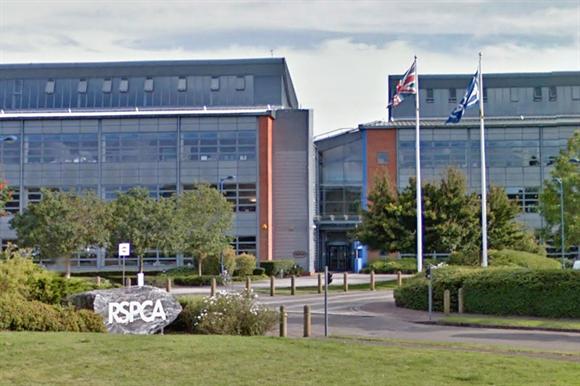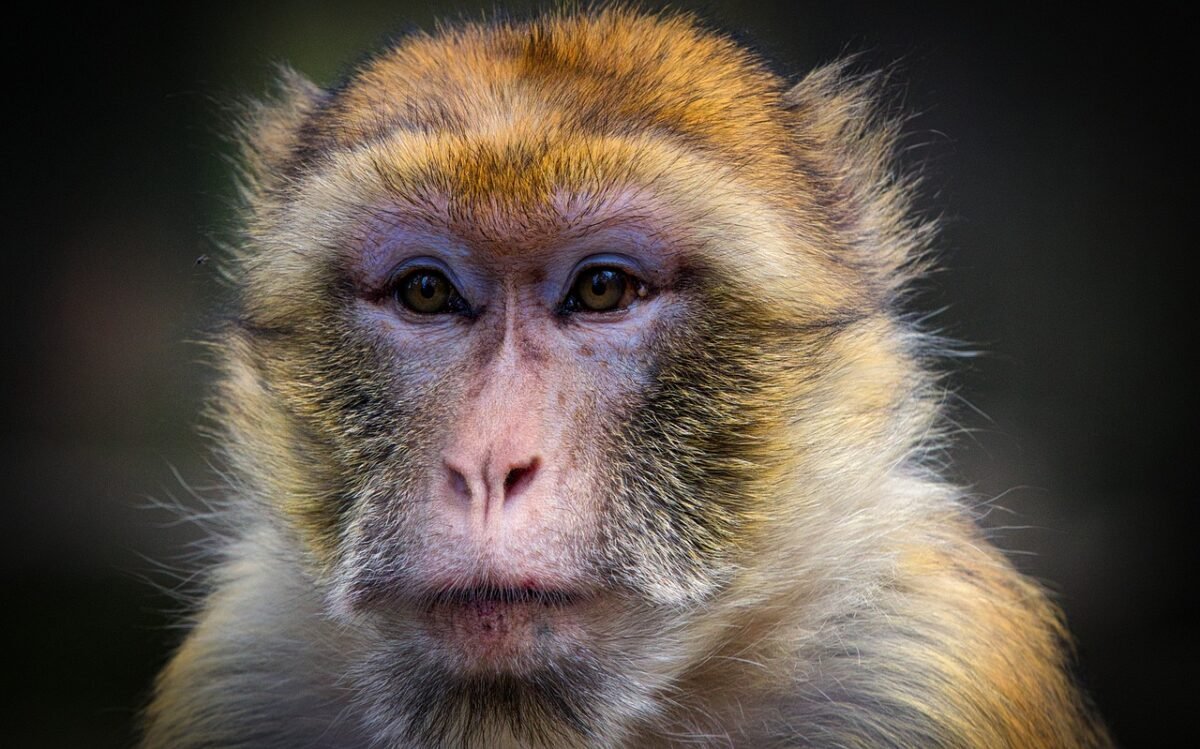-
RSPCA HQ is on the move again.

The UK RSPCA headquarters is on the move again. The Society has been like a hermit crab in the past by discarding its shell every few decades when it got too big for it. But this time it is different. They are downsizing.
